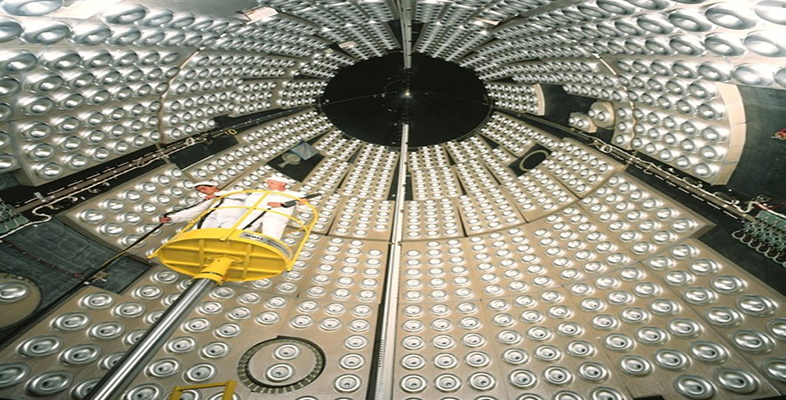8.3 Radical innovation
The term ‘radical innovation’ (alongside terms like discontinuous or breakthrough innovation) is used to describe innovations that have wider effects. Norman and Verganti (2012) nicely characterise the difference between incremental and radical innovation, in the context of human-centred design of information and communication technology. Routine incremental design is analogous to a blindfolded person finding their way up a hill by feeling which direction would take them to a higher point than the one they are currently on. The top of a hill is reached when every direction is lower than the current point. This ‘hill climbing’ type of innovation is very effective and represents the vast majority of innovative activity. The problem is, however, that the blindfolded person can never tell whether the peak they have reached is actually the highest point in the landscape.
Norman and Verganti (2012) argue that different techniques are needed to identify new hills. We might extend this metaphor still further, and think of the effort involved in descending a hill as being analogous to the costs incurred by a company which has already invested in climbing one innovation ‘hill’ in moving to another requiring different sets of physical, human and organisational capital. This underlines the importance of the distinction between incremental and radical innovation from our point of view in this course; the way in which incremental and radical innovation need to be managed are different.
As noted earlier, understanding the various types of innovation is complicated by its dependence on perspective. Henderson and Clark (1990) elaborated on the distinction with the example of a radical and incremental innovation (see Table 3), distinguishing between a complete product (thought of as an assembly) and its component parts. They illustrate the distinction between a room fan and its components, which include the blade, the motor, the housing and so on. The ‘architecture’ of the fan refers to how these components fit together. Viewed this way, innovations might be at the level of individual components, or in the relationship between components. This helps us to distinguish not whether an innovation is absolutely radical, but whether it is radical in this particular setting.
For example, the invention of the integrated circuit that makes a microprocessor might be thought of as a radical innovation in terms of its wider economic and social consequences. However, if we use a microprocessor to control the speed at which a room fan rotates, it would in Henderson and Clark’s terminology be a ‘modular’ innovation – it completely changes the design of one component of the fan, but does not change the relationship of the control function of the fan to any of the other components – the overall architecture of the fan remains largely unchanged. Subsequent reprogramming of the microprocessor to change the way the fan operates in particular circumstances might represent an incremental innovation. Adding a motor to vary the direction in which the fan points might represent an architectural innovation, as it uses the same type of component but changes the behaviour of the functioning of the fan as a whole.
| Core concepts | |||
| Reinforced | Overturned | ||
| Linkages between core concepts and components (architecture) | Unchanged | Incremental innovation | Modular innovation |
| Changed | Architectural innovation | Radical innovation | |
